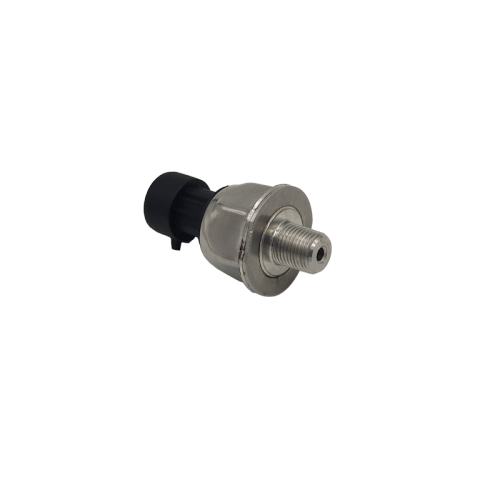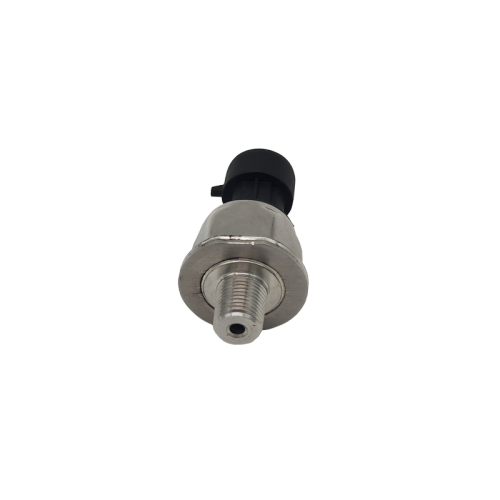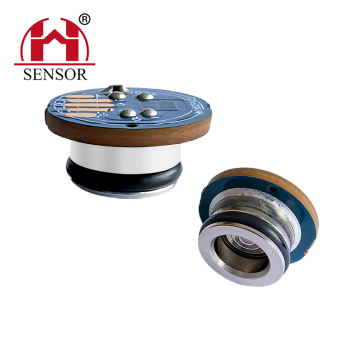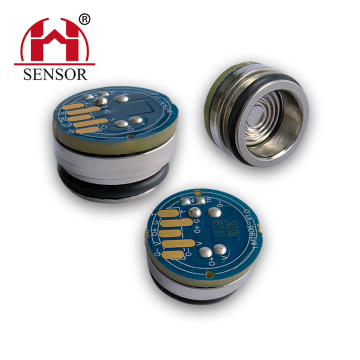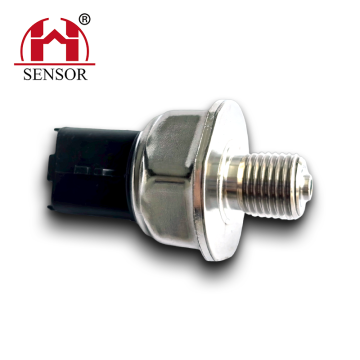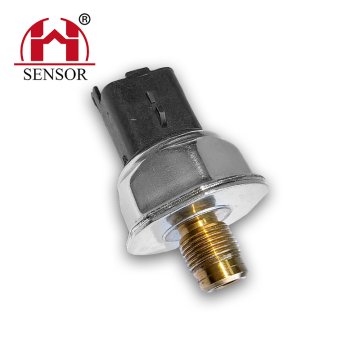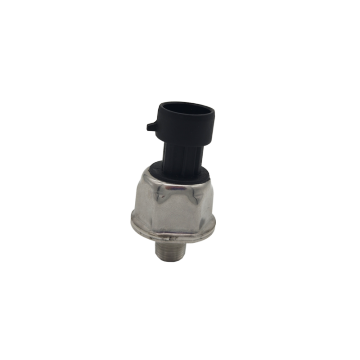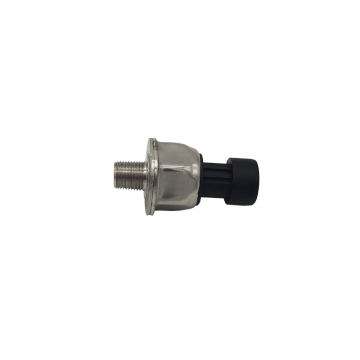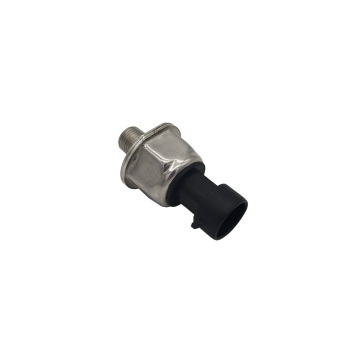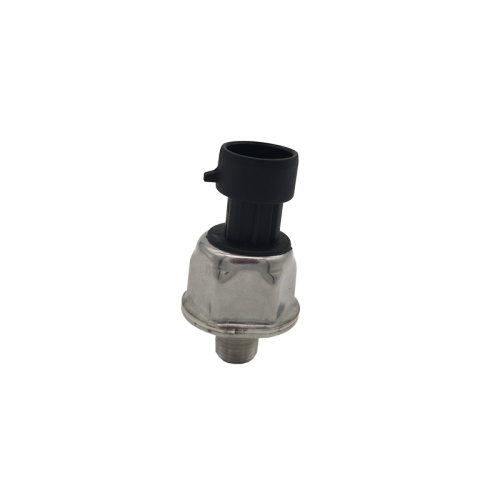
Professional certified quality assurance oil pressure sensor
- Min. Order:
- 1000 Piece/Pieces
- Min. Order:
- 1000 Piece/Pieces
- Transportation:
- Ocean, Air, Land, Express, Others
- Port:
- GuangZhou, JiangMen, ShenZhen
Your message must be between 20 to 2000 characters
Contact Now| Supply Ability: | 100000pieces/Month |
|---|---|
| Payment Type: | L/C,T/T,D/P,D/A,Paypal,Others |
| Incoterm: | FOB,CFR,CIF,EXW,FAS,FCA,CPT,CIP,DEQ,DDP,DDU,Express Delivery,DAF,DES |
| Transportation: | Ocean,Air,Land,Express,Others |
| Port: | GuangZhou,JiangMen,ShenZhen |
Product description
Testing procedures vary depending on the type of sensor. The first step is usually to verify the oil level and the condition of the engine, as low oil pressure warning lights often light up because of low oil levels. Typical test procedures require technicians to check sensor wiring and test the actual oil pressure of the engine lubrication system. To measure oil pressure, mechanics use an oil pressure gauge, which is attached to a special adapter, instead of an oil pressure transmitter. If the oil pressure is low when the engine is running, it is an internal engine problem. If the pressure is within the specifications and the cable connection to the sensor is normal, the sensor is damaged and must be replaced. Because the oil pressure test takes quite a bit of time, and the oil pressure transmitter is not very expensive, your mechanic may suggest that you replace the oil pressure sensor with a new one first to see if it fixes the problem. We know that in many cases, the new oil pressure sensor solves the oil pressure lamp problem. If the sensor and its wiring are good and the oil level is normal, but the oil level indicator is still on when the engine is running, it may be an internal problem of the engine or a problem with the lubrication system, such as the oil filter is damaged or the oil filter is blocked. In this case, further diagnosis is required.





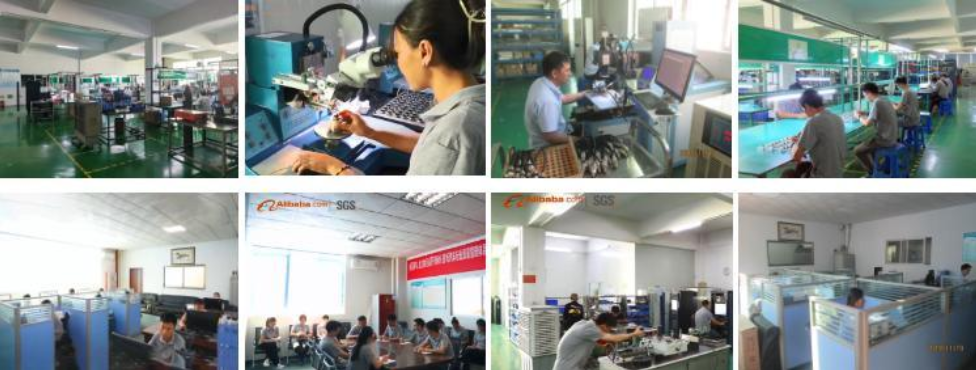





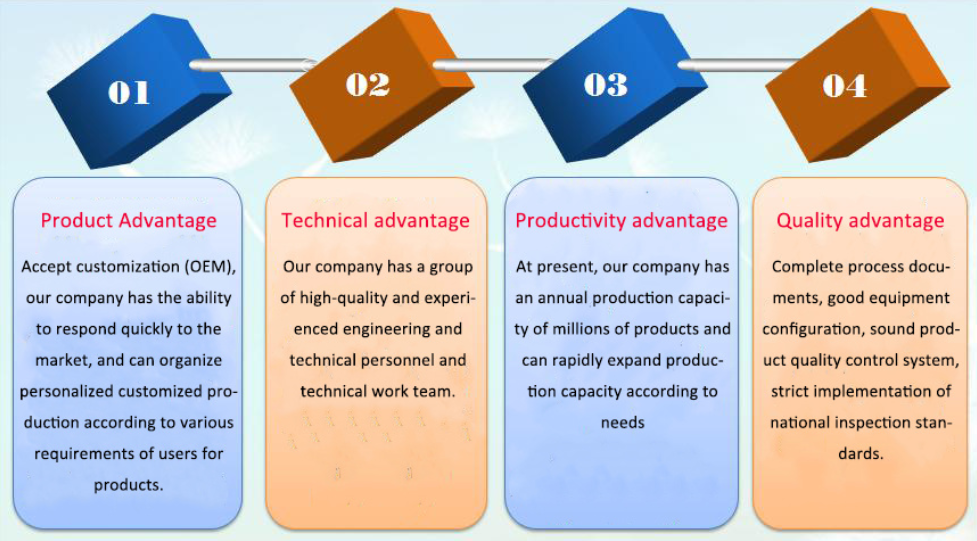
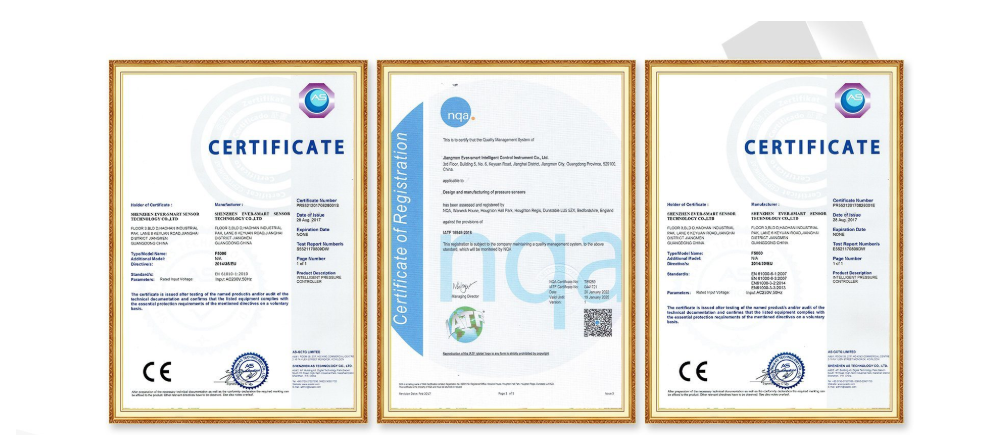
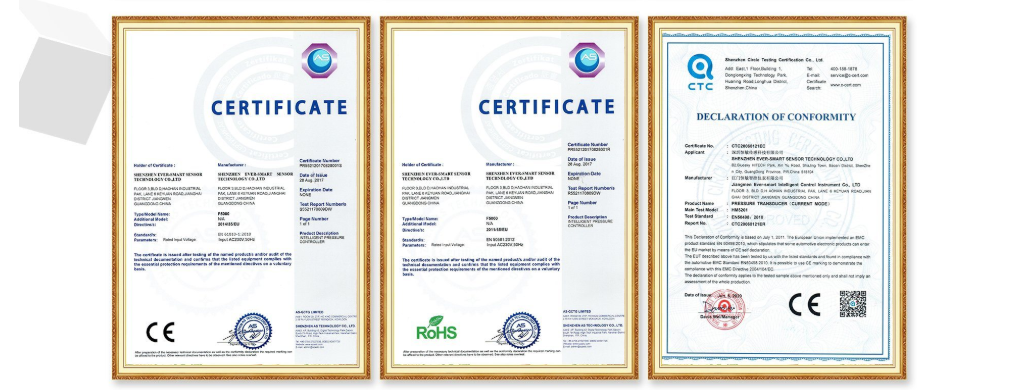
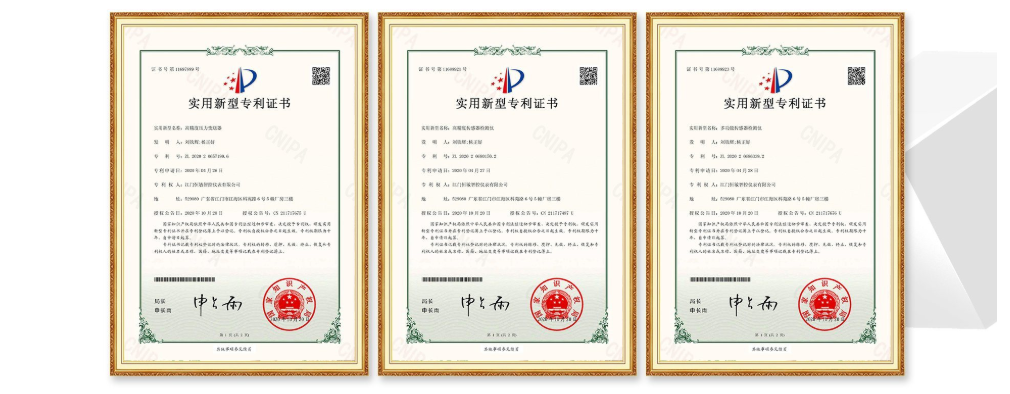





Related Keywords





